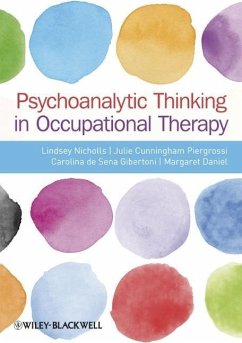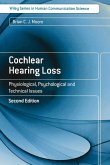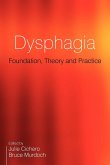Divided into three overarching themes, theory, application and research, this cutting edge book explores the influence of psychoanalytic theories on occupational therapy practice and thinking. It incorporates a new conceptual model (the MOVI) to guide practice, which uses psychoanalysis as a theoretical foundation for understanding therapeutic relationships and the 'doing' that takes place in clinical practice.
Using practice models and incorporating many clinically applied examples in different occupational therapy settings, this introductory text to psychoanalytic theory will appeal to students and practising clinical and academic occupational therapists worldwide and from different fields of practice from paediatrics and physical disability to older adult care and mental health.
The first book in fifty years to concentrate entirely on a psychoanalytic approach to occupational therapy
Distills cutting edge theory into clinically relevant guidance
Features clinical examples throughout, showing the links between psychoanalytic theory and occupational therapy practice
Written by an experienced international team of authors
Using practice models and incorporating many clinically applied examples in different occupational therapy settings, this introductory text to psychoanalytic theory will appeal to students and practising clinical and academic occupational therapists worldwide and from different fields of practice from paediatrics and physical disability to older adult care and mental health.
The first book in fifty years to concentrate entirely on a psychoanalytic approach to occupational therapy
Distills cutting edge theory into clinically relevant guidance
Features clinical examples throughout, showing the links between psychoanalytic theory and occupational therapy practice
Written by an experienced international team of authors









